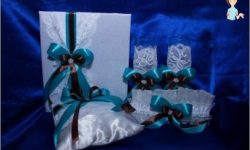Febral convulsions in children – the first help of the child during convulsion at high temperature
What to do if the child has seizures at high temperature? Read on Lady-Magazine.com, what are the signs of cramps in children – when to contact the doctor? Learn about the treatment of febrile cramps in children
Uncontrollable convulsions against the background of high temperature kid can scare even the most resistant parent. But do not confuse them with an epilepsy disease that is absolutely not related to Hyperthermia. Full material about febrile cramps in children read below.
See also: First aid to the newborn while increasing the temperature.
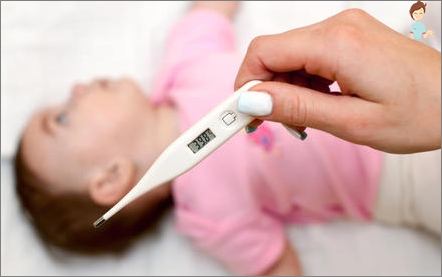
The main causes of febrile cramps in a child – when convulsions may occur at high temperature?
The root causation remains not fully found out. It is known only that one of the predisposing factors – Immature nervous structures and imperfect braking in the central nervous system. It provides a low irritation threshold and the transfer of the excitation reaction between the cerebral cells to form a convulsive segment.
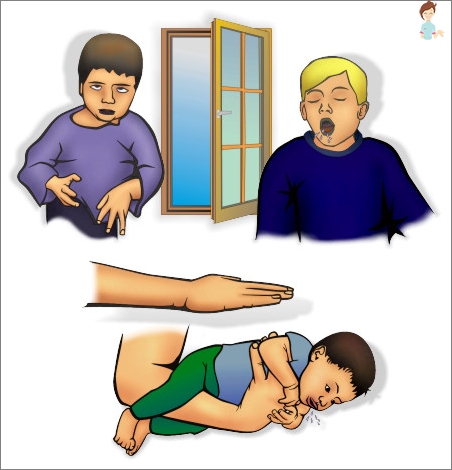
If a child over five to six years, then such cramps can be Signs of other diseases, Since at this age, the nervous system is more stable, and short seizures – reason to go to an experienced neurologist.
Of course, every parent thinks, is it not the beginning of the epilepsy. There is no definite answer, but there are statistics according to which Only 2% of kids with febrile convulsions are diagnosed with epilepsy further.
The following calculation claims that children with epilepsy 4 times more than adults. As you understand, it says about favorable forecast of this disease In kids.
Video: febrile cramps in children – causes, signs and treatment
So how to distinguish the usual convulsions from epileptic?
- Firstly, Signs of convulsion in children up to five to six years manifest only on hyperthermia.
- Secondly, Febral convulsions arise for the first time and can be repeated only under similar conditions.
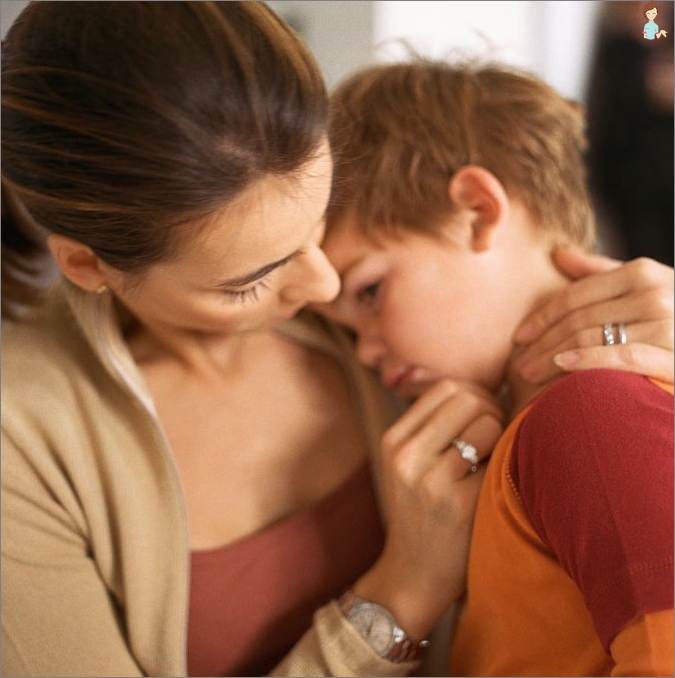
Note that the diagnosis of epilepsy can be delivered in the case of a specific study – EEG (electroencephalography).
As for the convulsion themselves, they arise every 20th child, and the third of these children are repeated.
Often in the family can be traced Hereditary predisposition – ask the senior relatives.
Typical cases of seizures at high temperature can be associated with ARVI, teething, colds or reaction to vaccination.
Symptoms and signs of febrile cramps in children – when need to contact a doctor?
- Suggesums at a temperature in a child may look different, however, during the attack most children do not respond to words or actions of parents.
- They like Lose contact with the outside world, stopping the cry and delaying breathing.
- Sometimes during the seizure can be observed Singing.
Usually convulsions occupy nE more than 15 minutes, Rarely repeating.
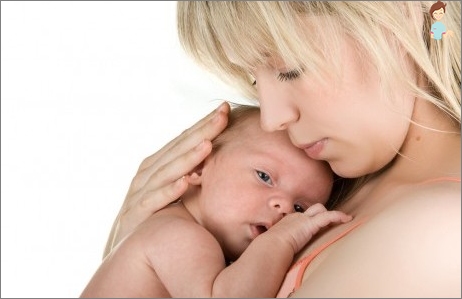
According to the nature of external signs, it is distinguished:
- Local – only limbs twisted and eyes rolled out.
- Tonic – All the muscles of the body are strained, the head throws back, the hands are pressed against the knees, the legs are straightened and the eyes rolled out. Rhythmic shuddering and abbreviations decrease gradually.
- ATONIC – all the muscles of the body are rapidly relaxing, leading to involuntary secretions.
When convulsion occurs Neuropathologist must be survened, which will eliminate the causes and differentiates the disease from various forms of epilepsy.
Usually the special diagnosis of seizures at a temperature is not required. The doctor easily recognizes the disease in the clinical picture.
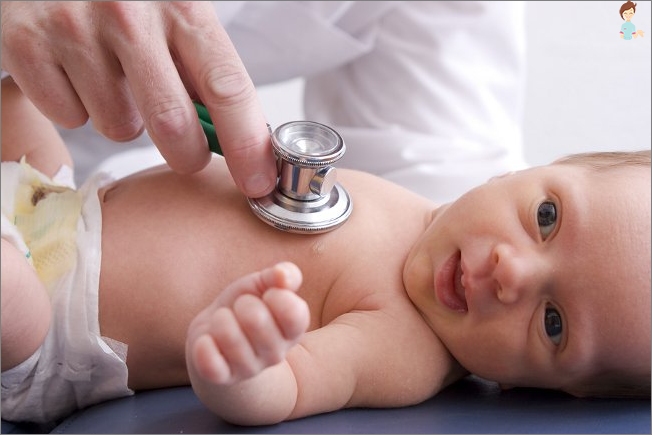
But in the case of uncharacteristic or dubious signs, the doctor may appoint:
- Lubal puncture for meningitis and encephalitis
- EEG (electroencephalogram) To eliminate epilepsy
Treatment of febrile cramps in children – what to do if the child has seizures at temperatures?
If you first encountered febrile convulsions, treatment must be performed according to the following algorithm:
- Call an ambulance.
- Squeeze the baby on a safe smooth surface so that the head is directed down. It will help to exclude fluid getting into the respiratory tract.
- Watch your breath. If you think that the baby does not breathe, then after the convulsion, start doing artificial respiration.
- Leave the mouth of the oral cavity and do not insert foreign objects into it. Any item can break and block the respiratory tract!
- Try to split the child and provide fresh oxygen access.
- Follow the room temperature, Normally not more than 20 C.
- Try to bring down the temperature With the help of physical methods, for example, wipe wiping.
- Do not move away from the child, Do not cover and do not enter medications until the cramp.
- Do not try to keep the child – this does not affect the duration of the attack.
- Use antipyretic means For children, for example, candles with paracetamol.
- Remember all attack data (duration, temperature, increase time) for the expected ambulance brigade. If the attack after 15 minutes ends, then do not need additional treatment.
- Question of the prevention of convulsion Taking into account the duration and frequency should be discussed with your neuropathologist.
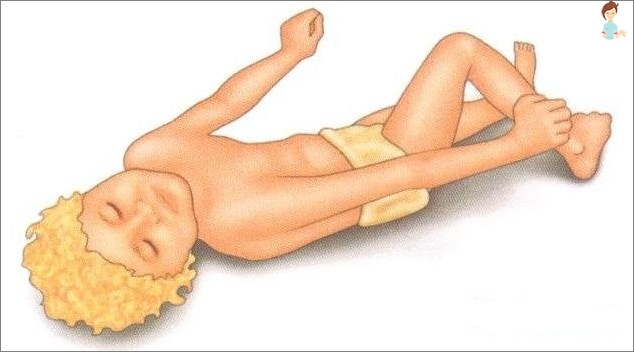
Unfortunately, in such cases, parents may suspect epilepsy. However, an informed parent must be afraid of the epilepsy, but Neuroinfection (meningitis, enecephalite), because in these diseases from timely adequate assistance depends on the life of a child.
Lady-Magazine site.COM warns: self-medication can harm your child’s health! Diagnosis should only put a doctor after a survey. Therefore, when the symptoms of febrile cramps are found in a child, be sure to consult a specialist and carefully follow all medical recommendations!

